Overview of Cenchrus (Pennisetum) ‘Fireworks’
‘Fireworks’ is a showy, medium-sized variegated cultivar of purple fountain grass grown as an annual in Wisconsin since it is hardy only in zones 9-10. The genus Pennisetum has been reclassified to Cenchrus, though not all references have adopted this change. Although ‘Fireworks’ is often listed as Cenchrus americana (formerly Pennisetum setaceum), it is actually a sport of red fountain grass, Cenchrus ‘Rubrum’ – a hybrid of C. americanus x C. elegans (P. macrostachys), also named C. x advena – that was discovered at Creek Hill Nursery in Leola, Pa. in 2004.
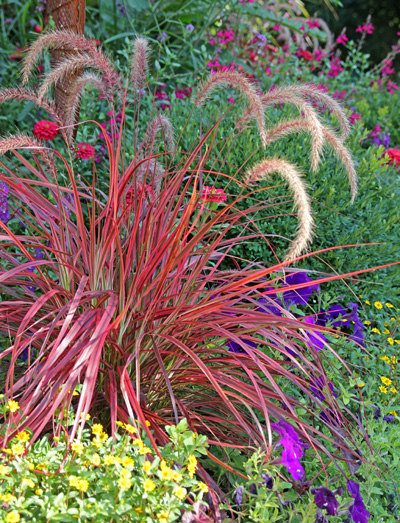
Showy reddish-purple, foxtail-like inflorescences appear in mid- to late summer above the foliage, adding color and motion to the landscape. These bottlebrush plumes eventually age to a tan color. It does not set viable seed.
The narrow leaves of ‘Fireworks’ are variegated with white and green near the base but have strong red, hot pink, and cream variegation along their length, with a burgundy midvein. The new growth is most vibrant, with the colorful stripes eventually maturing to a rich shade of burgundy. The overall color of the foliage is lighter than red fountain grass (Cenchrus ‘Rubrum’).
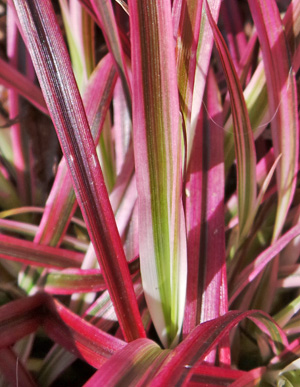
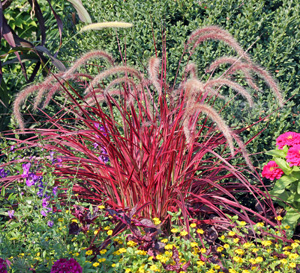
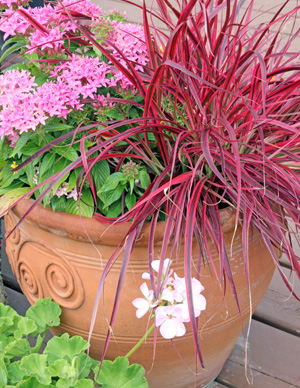
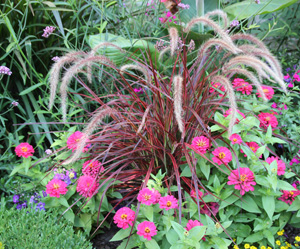
Landscape Use
Use ‘Fireworks’ in beds and borders for contrast in color to green plants and for a contrast in texture to mounded or clumping plants; in masses for a stunning display of color; or as small specimen plants. It creates seasonal interest in cottage gardens or rock gardens.
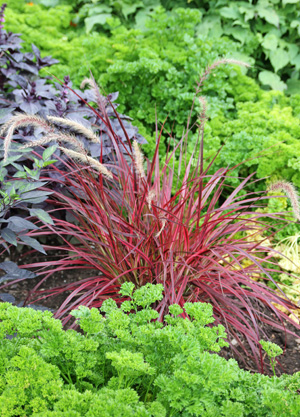
Plant it alone or in combination with other plants in large containers to provide color on patios and decks. It mixes nicely with annual bedding plants, such as marigolds, petunias, saliva, and zinnia, or can be interplanted between perennials such as coneflowers, sedums, or rudbeckia.
Grow ‘Fireworks’ in full sun for the best coloration. It tolerates a wide variety of soils as long as it has good drainage. It is drought tolerant once established but also can handle moist soil. It is not preferred by deer, has no serious insect or disease problems, and is not affected by juglone.
Propagation of Cenchrus ‘Fireworks’
This tender perennial grass can be propagated by dividing the root ball but as a patented variety (USPP 18,504), unlicensed propagation is prohibited. Plants can be overwintered if brought indoors in containers in the fall before the first frost. Cut the plants back to about 6 inches, keep in cool, bright conditions, and water through the winter to keep actively growing until it can move back outside when the danger of frost has passed in spring.
– Susan Mahr, University of Wisconsin – Madison
Last Update: Bruce Spangenberg, UW-Madison Extension, 2025

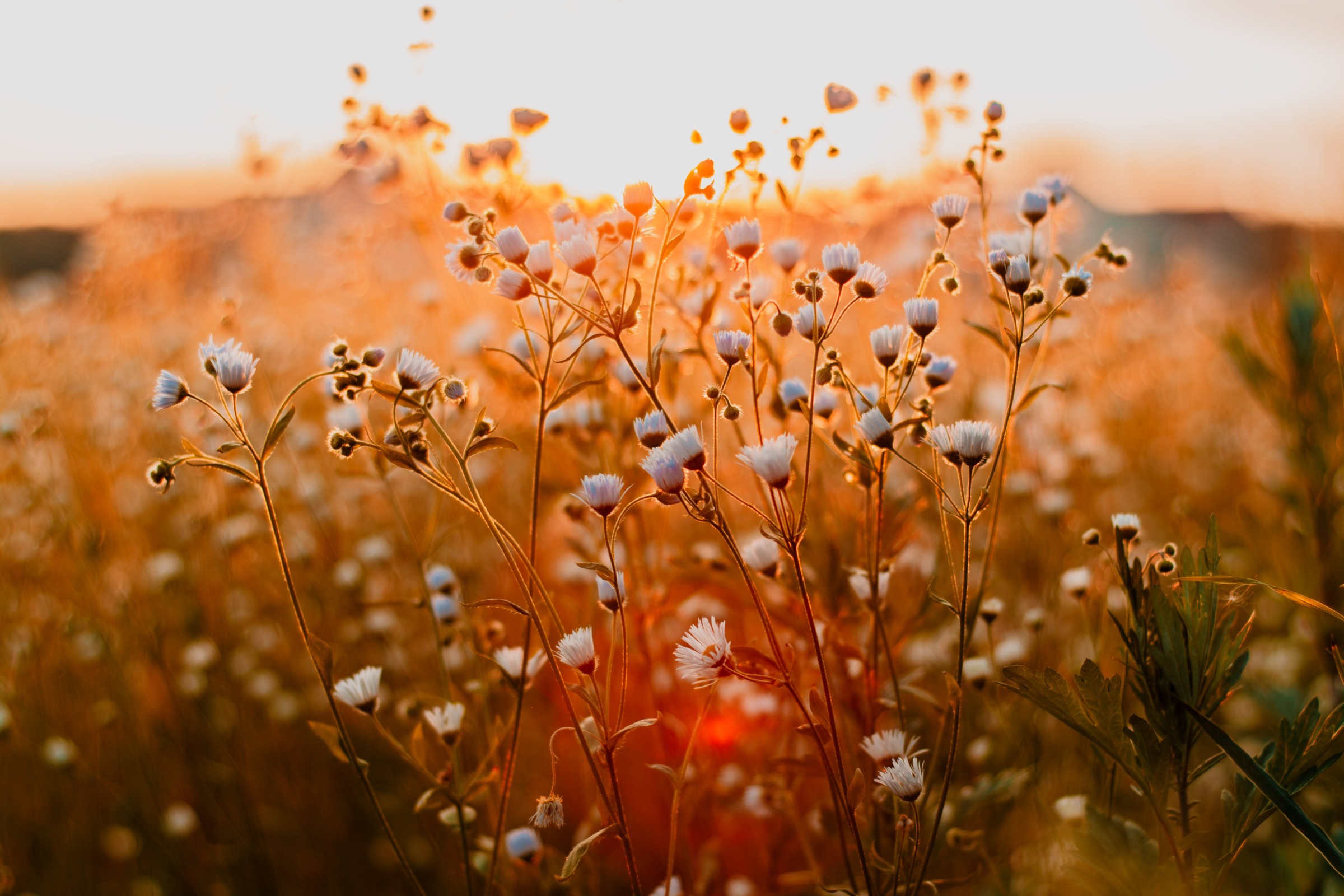
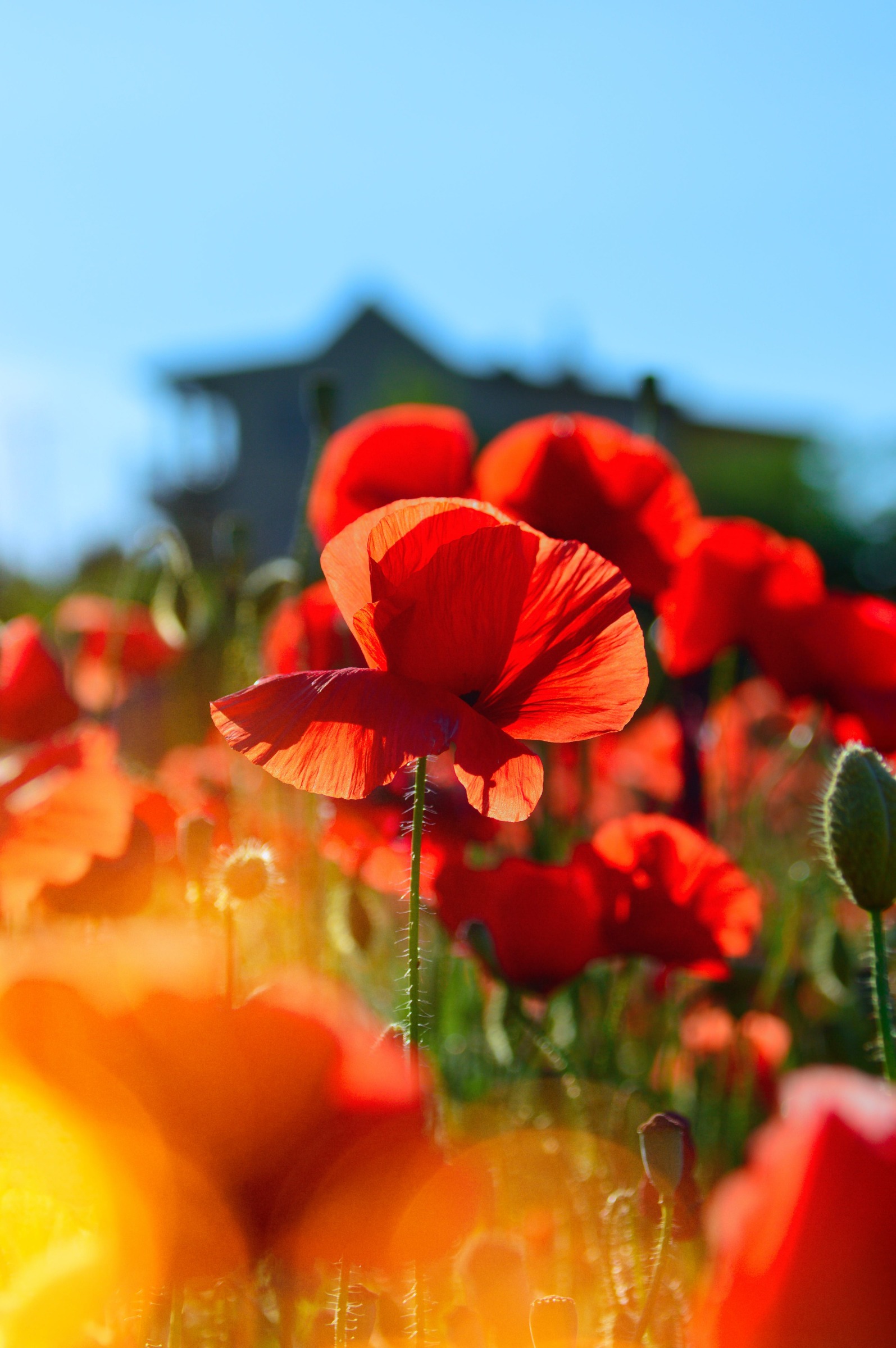


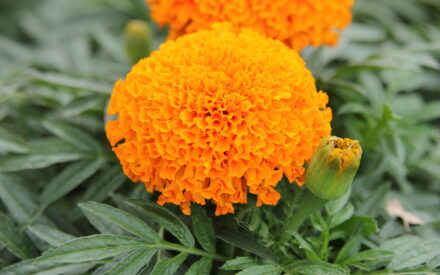 Marigolds
Marigolds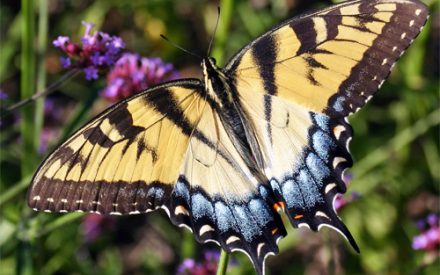 Create a Butterfly Garden
Create a Butterfly Garden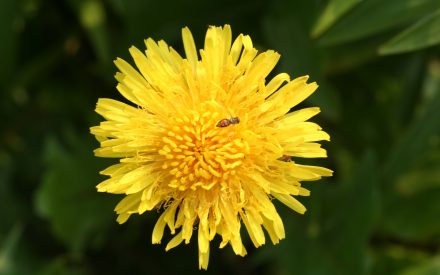 Plant Flowers to Encourage Beneficial Insects
Plant Flowers to Encourage Beneficial Insects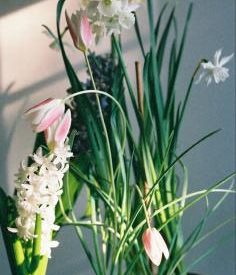 Forcing Bulbs
Forcing Bulbs


